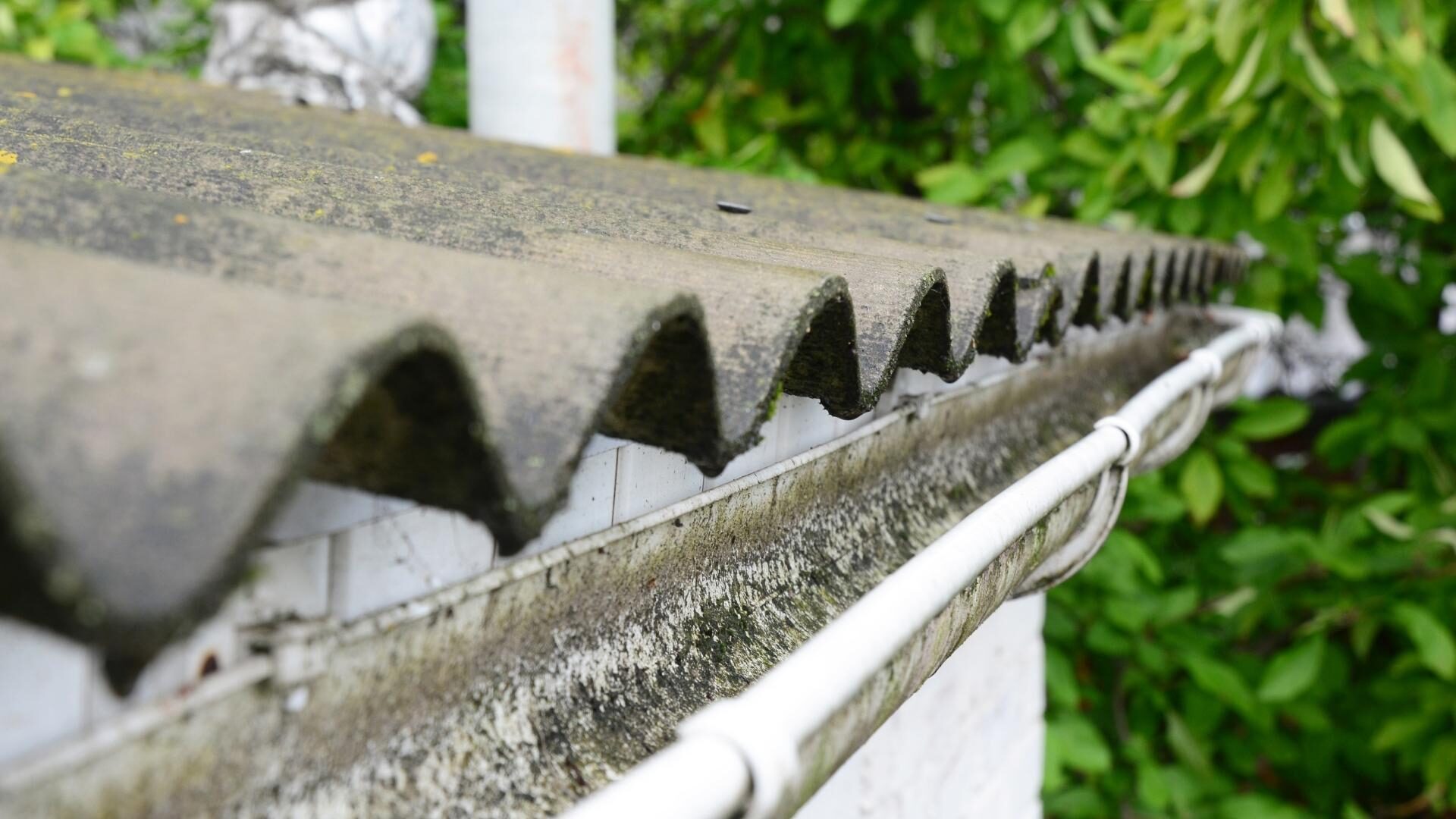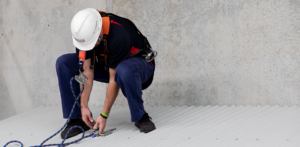The ubiquity of asbestos and asbestos containing materials across Australia can make mitigating the risks of exposure a challenge for employers and workers alike.
Asbestos fibres pose a significant risk to the health and safety of workers across the country. The widespread use of asbestos and asbestos containing materials through the early and middle parts of the 20th century have left a large legacy of contamination. These risks need to be managed and mitigated.
Duty of care
The first step to mitigating the risks posed by exposure to asbestos fibres is understanding where duties of care are when workers enter an area that is likely to be contaminated.
Most building or maintenance work is completed under what’s called a contractual chain. That is a situation where there are multiple contractors and subcontractors involved in the completion of a task.
For example, a building owner might contract a facilities management company to look after their building, they would then engage an air-conditioning subcontractor to complete maintenance work on AC systems and HVAC towers. This creates a contractual chain.
Each party involved in the contractual chain can be considered a person conducting a business or undertaking (PCBU) while the work is being undertaken. What, precisely, they are responsible for will differ depending on what that role is.
(Sidebar: you can read more about the contractual chain on our blog here)
Each level of the contractual chain has a different role in creating a safe workplace. It is important that everyone involved understands where they have responsibility and what that responsibility entails.
Asbestos awareness and identification
The first step in making sure that the risks of asbestos exposure are properly mitigated is by having everyone involved in the work understand where asbestos is likely to be located and what asbestos containing materials can look like.
As asbestos is an extremely hazardous substance, there are legislative frameworks in place that govern how workers and PCBUs are to respond to likely asbestos contamination at the workplace.
In New South Wales, under the Work Health and Safety Regulation 2017 there are two things that a PCBU must do under their duty of care to workers.
Firstly, they must make sure that “so far as is reasonably practicable, that all asbestos or ACM at the workplace is identified by a competent person.” (Ch.8, Pt.8.3, Sec.422).
Further, “if material at the workplace cannot be identified but a competent person reasonably believes that the material is asbestos or ACM—assume that the material is asbestos”.
Secondly, “a person conducting a business or undertaking must ensure that workers engaged by the person, whom the person reasonably believes may be involved in asbestos removal work or in the carrying out of asbestos-related work, are trained in the identification and safe handling of, and suitable control measures for, asbestos and ACM.” (Ch.8, Pt.8.5, Div.2, Sec.445).
The NSW Regulation does not provide a definition for what qualifies as adequate training.
For workers in the Australian Capital Territory and Canberra, the situation is slightly different.
In addition to the requirement to have workers complete training, the ACT Government has added a clause to their Regulation where the Minister declares a specific training course that must be completed to meet this requirement.
Currently, the ACT Minister for Industrial Relations and Workplace Safety has declared 11084NAT Course in asbestos awareness as the specified course.
Working with asbestos
It should go without saying that working with asbestos or other asbestos containing materials (ACMs) should be avoided whenever possible. If left undisturbed, asbestos does not pose a significant risk to health and safety. Danger only arises once particles and fibres are broken up and become airborne.
However, just not working on asbestos, or getting it removed from the site, are rarely practicable options. In these cases, workers should be aware of how to make cutting, drilling or otherwise disturbing asbestos be done in a way to best limit the risks of exposure to airborne fibres.
In NSW, minor works to asbestos containing materials (installed prior to the national full ban on the use of asbestos at the end of 2003) is permitted, if it is conducted in accordance with the requirements of the Regulation. There are quite a few requirements that are outlined across several sections of the Regulation.
Like the clause relating to asbestos awareness, the ACT Government has also added into their Regulation the ability for the Minister to declare a specific training course be required. This course is 10852NAT Course in working safely with asbestos containing materials.
It is important to note that under no circumstances should compressed air or high-pressure water devices be used when working with asbestos and ACMS. These can create and disperse asbestos fibres, resulting in a significant health hazard to workers and any other person nearby.
Asbestos removal
Asbestos removal should only ever be undertaken by a licensed asbestos remover.
There are generally two types of licence for asbestos removal. One that allows for removal of non-friable (that is bonded) asbestos and another for the removal of friable asbestos (loose fit asbestos, like Mr Fluffy insulation).
The NSW Work Health and Safety Regulation has a provision where if the area of non-friable asbestos containing material being removed is less than 10m² it can be completed without the need to hold an asbestos removal license.
However, given the risks involved in the handling and removal of asbestos, we strongly advise that a licensed asbestos remover be engaged to safely remove any asbestos found during work.
Any amount of friable asbestos needs to be removed by a licensed asbestos remover.
Asbestos is in more places than you think
Unfortunately, the widespread use of asbestos and other ACMs during the middle and latter parts of the 20th century mean that it is highly likely that workers are coming across contaminated areas more regularly than they might realise.
Having the skills to identify and mitigate the risks associated with asbestos exposure is a key tool in making sure that workers are protected from the fatal cancers and diseases that can arise with repeated exposure.
Height Safety Engineers (RTO 91227) offer accredited training in:
- 11084NAT Course in asbestos awareness,
- 10852NAT Course in working safely with asbestos containing materials, and
- CPCCDE3014 Remove non-friable asbestos.
Discuss your safety training needs with our team by calling 1300 884 978 or emailing enquiries@heightsafety.net.





